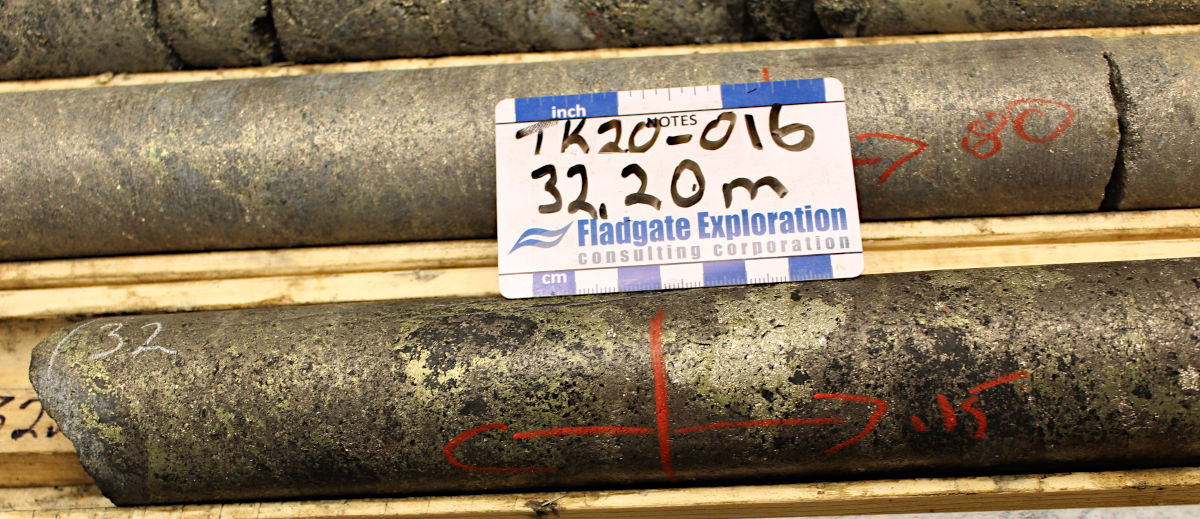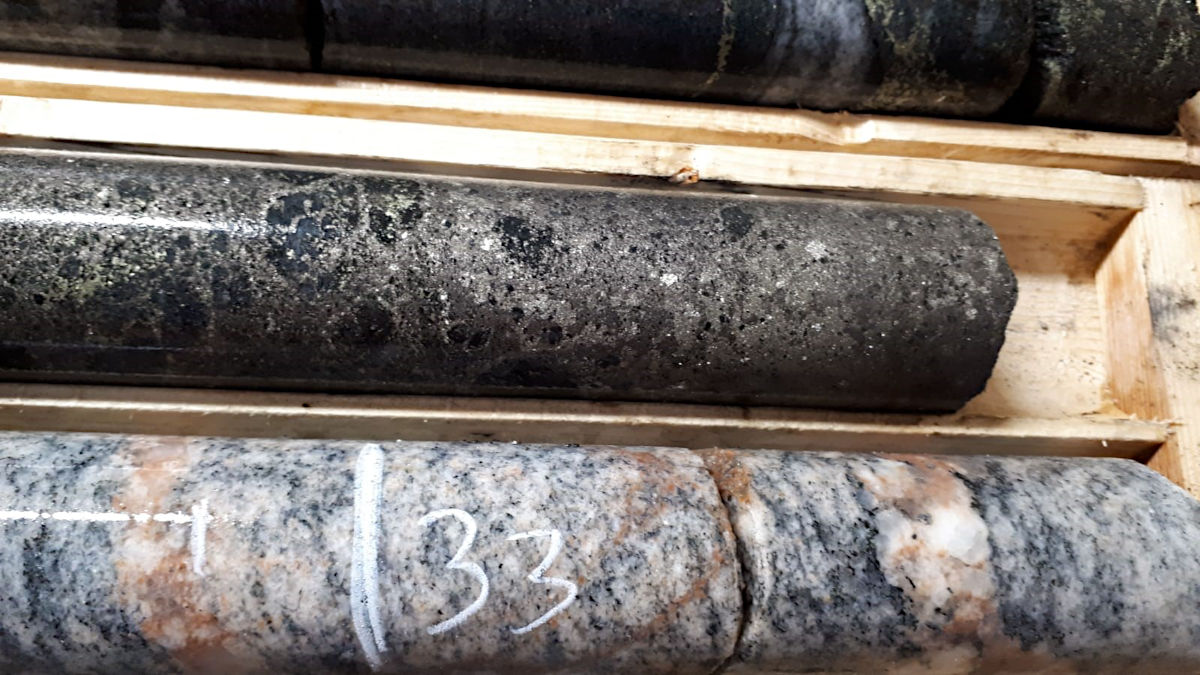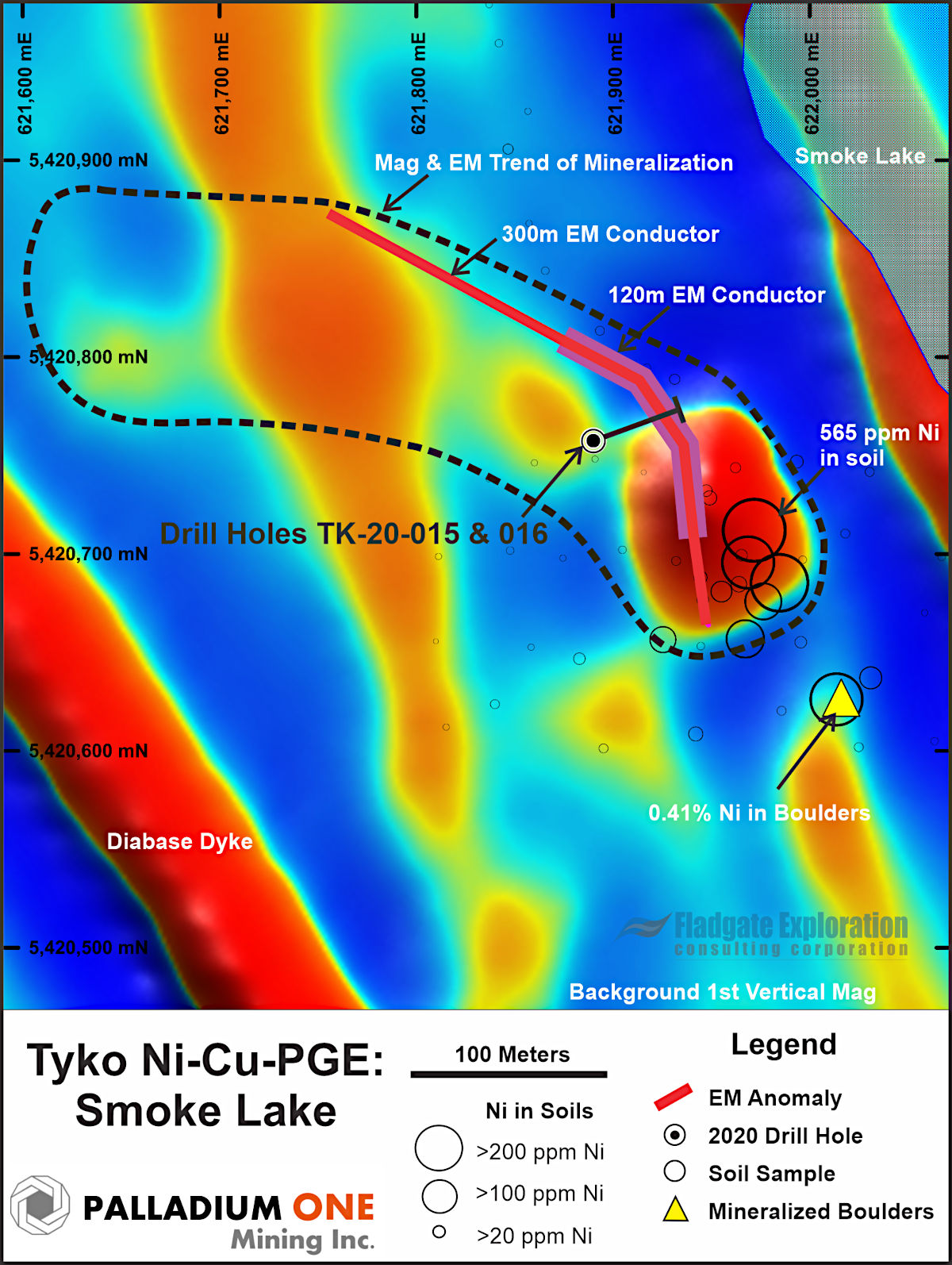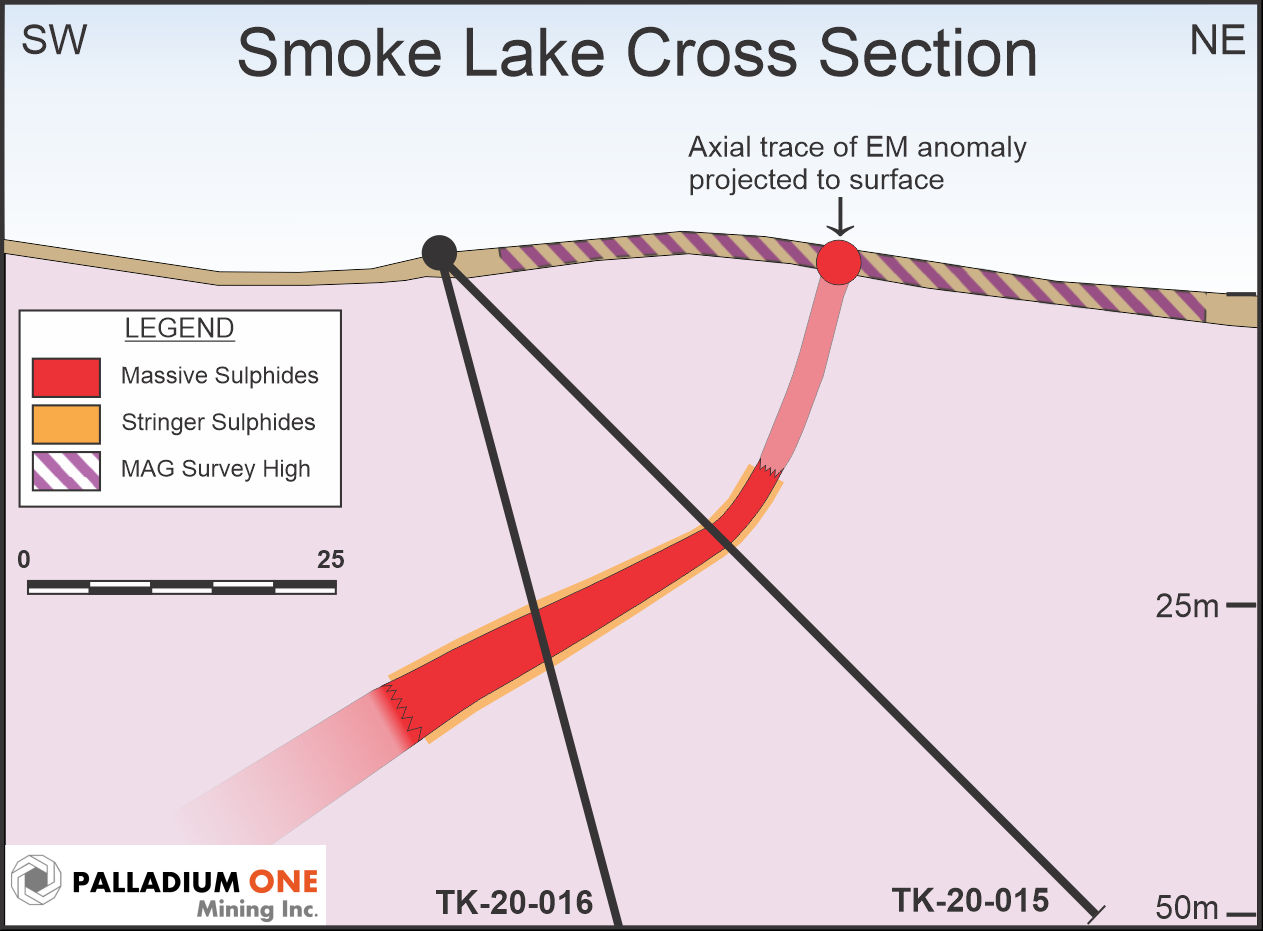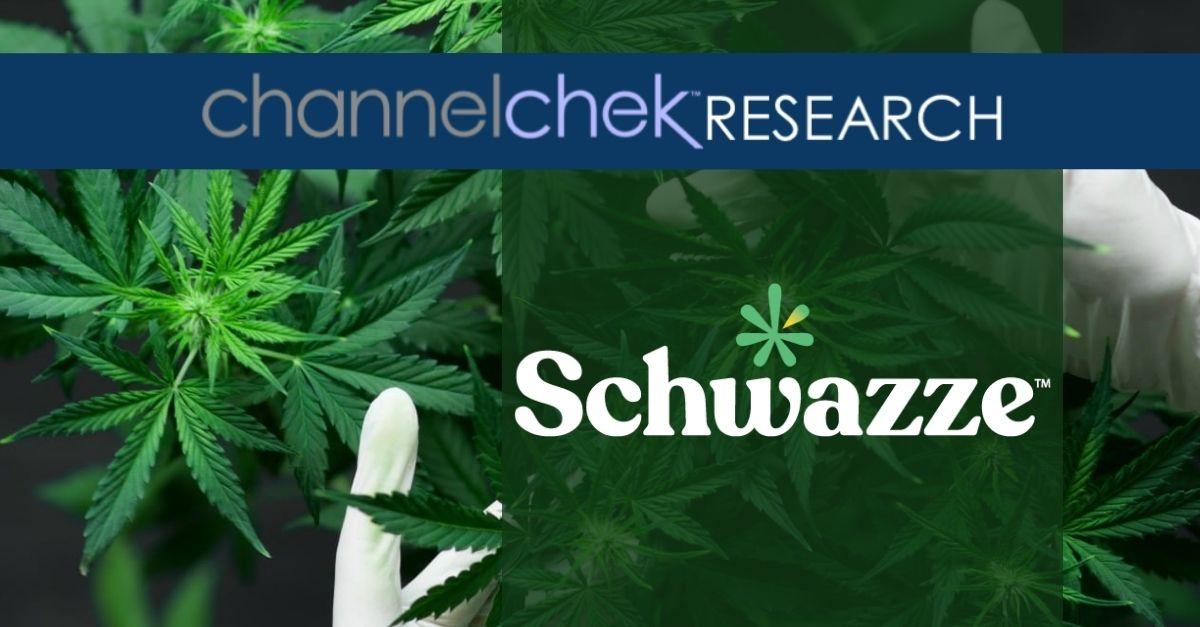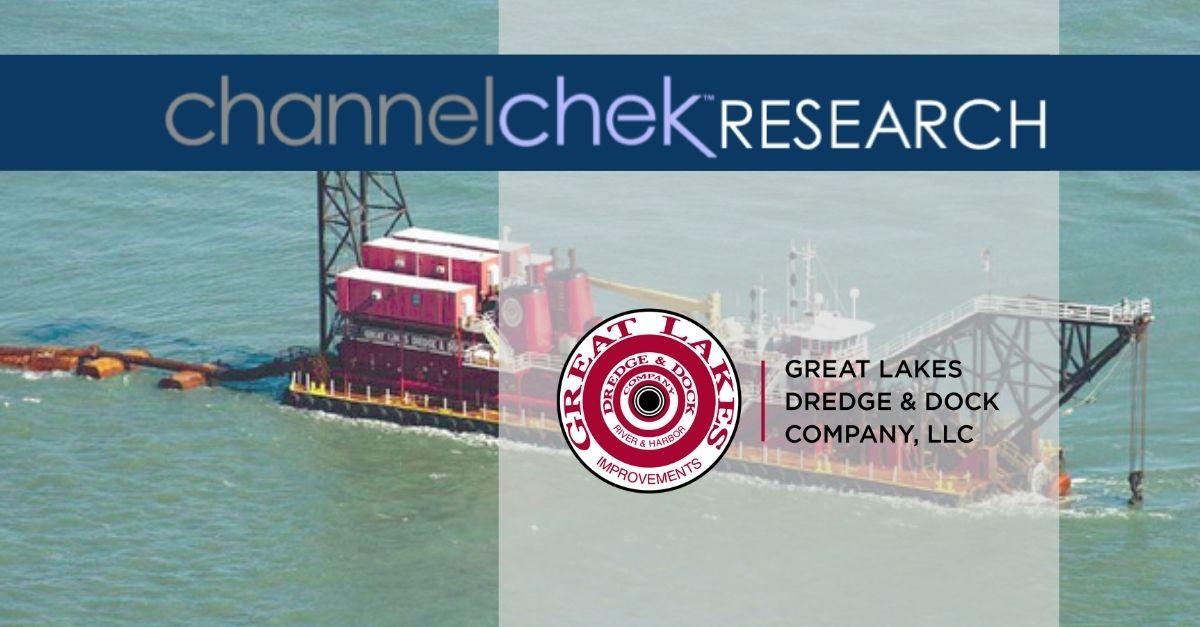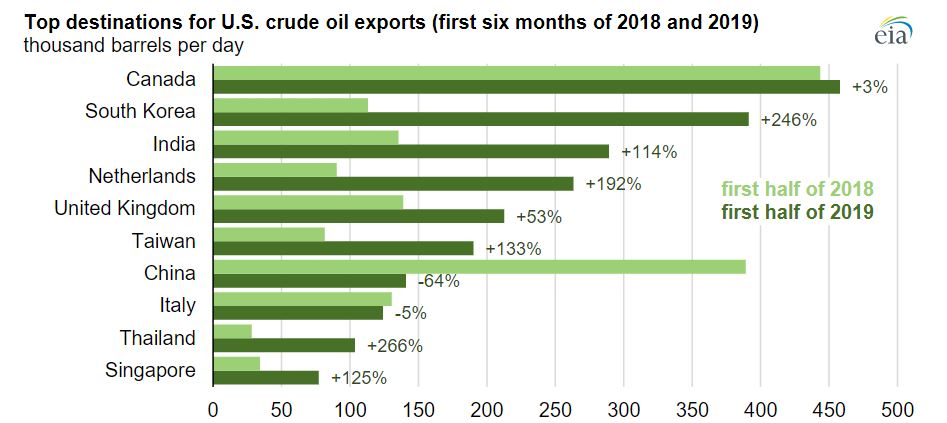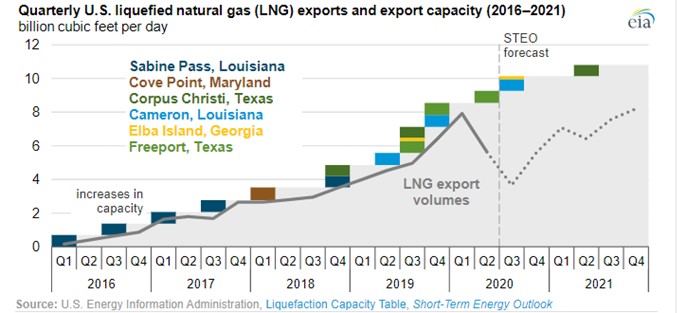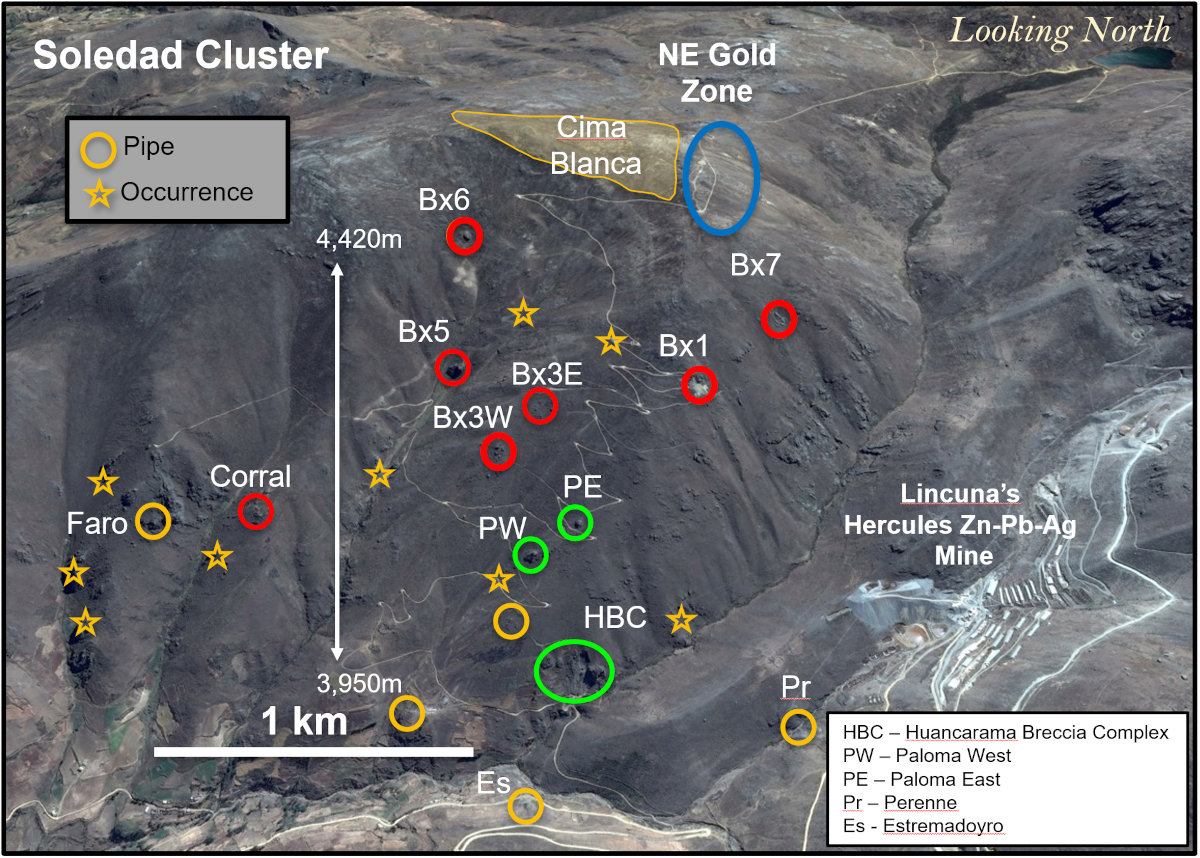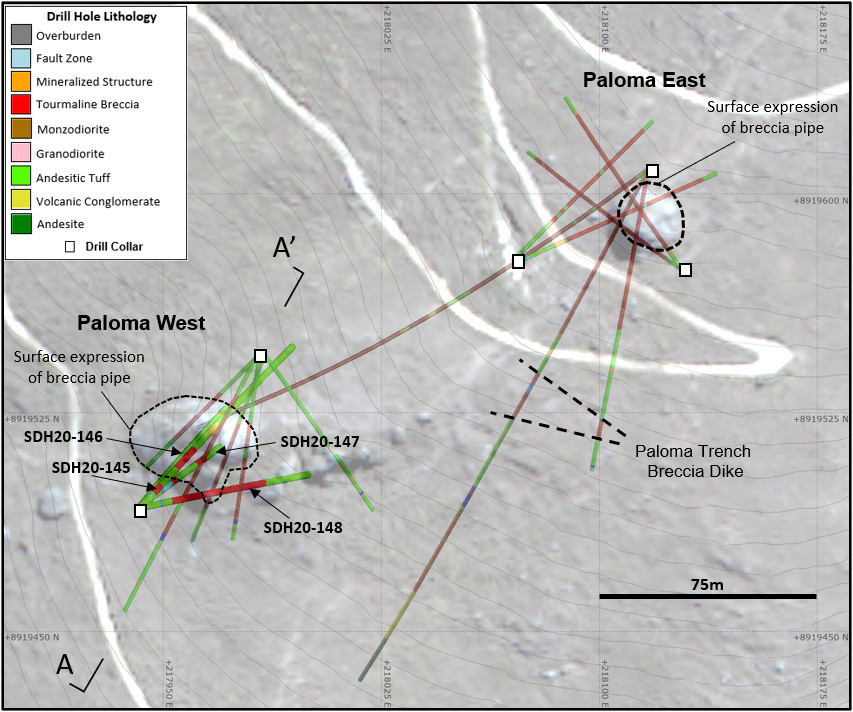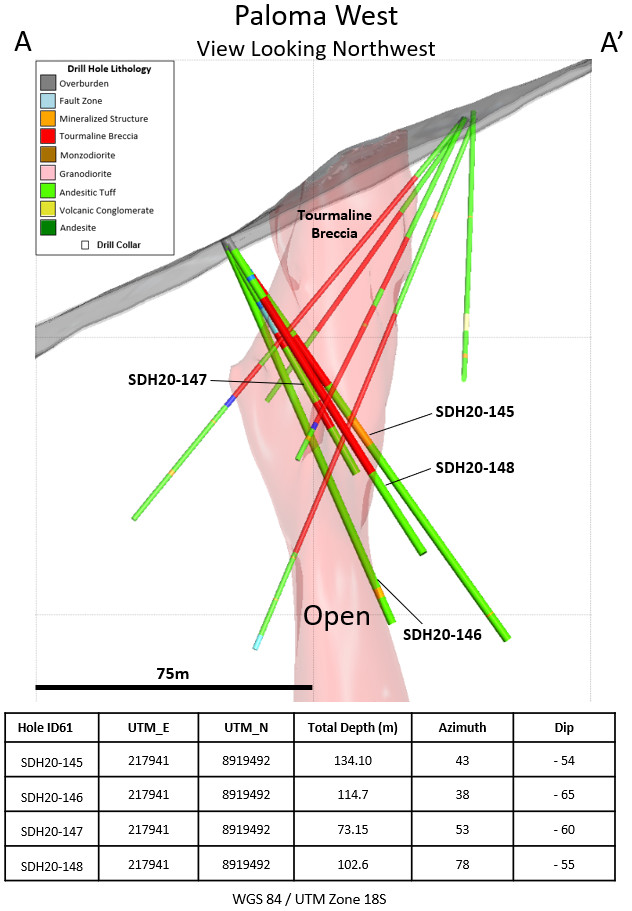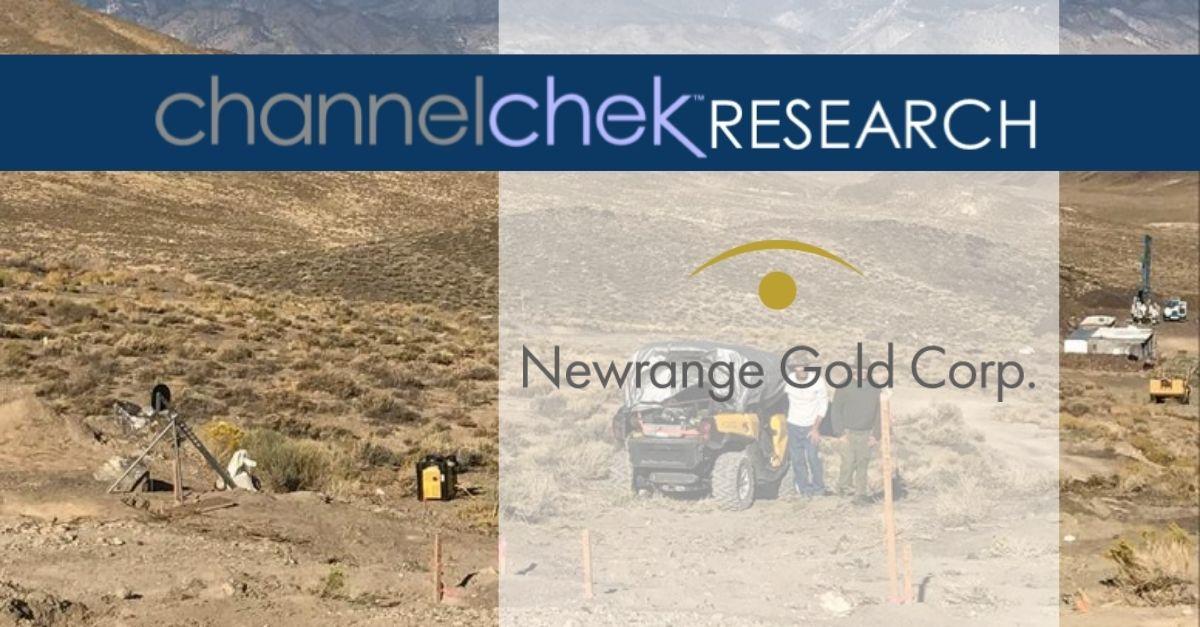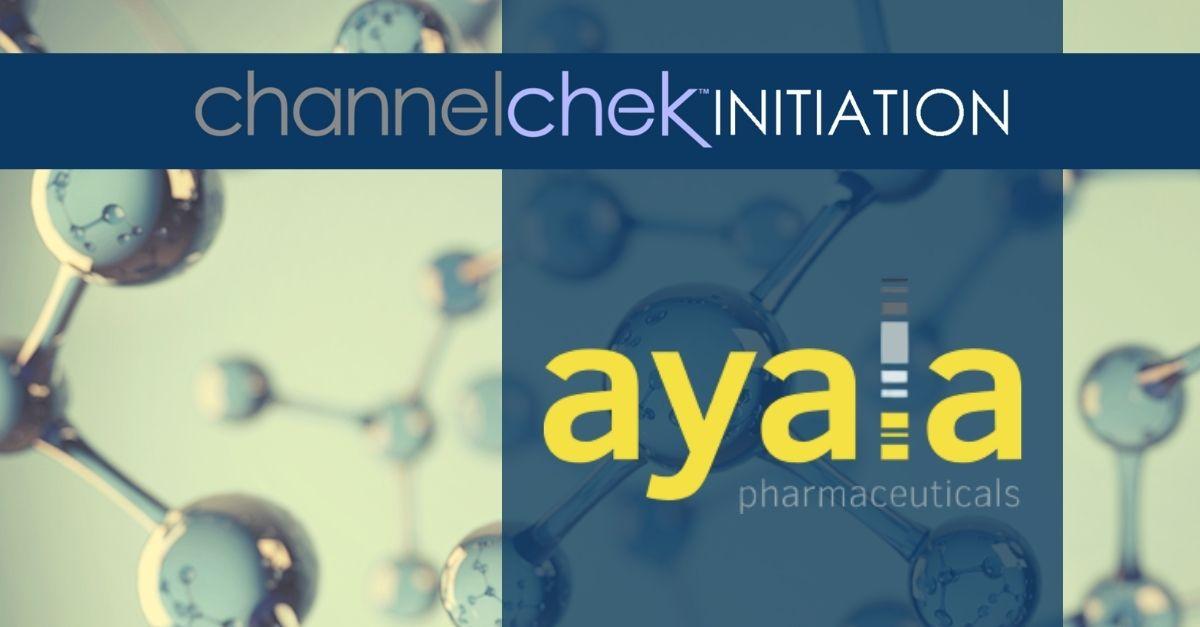
Global Crossing Airlines Uplists to OTCQB Venture Market
Miami, Florida, December 7, 2020 – Global Crossing Airlines Inc. (TSXV: JET) (OTC Pink: JETMF) (the “Company” or “GlobalX“) is pleased to announce that it has been approved to up-list from the OTC Pink® to the OTCQB® Venture Market, with its shares to commence trading on the exchange beginning Monday, December 7, 2020, under the symbol, “JETMF.” The shares will continue to be dual listed, trading on the TSX Venture Exchange under the symbol “JET.”
“Joining the OTCQB elevates GlobalX’s profile in the investment community, which we expect to improve liquidity and broaden our shareholder base,” said GlobalX’s Chair and CEO Ed Wegel. “It represents the next step in our capital and corporate development strategy, which is designed to build shareholder value as we continue with our charter airline build-out and certification process in the U.S.”
Operated by The OTC Markets, the OTCQB is the premier marketplace for entrepreneurial and development stage U.S. and international companies that are committed to providing a high-quality trading and information experience for U.S. investors. To be eligible, companies must be current in their financial reporting, pass a minimum bid price test, and undergo an annual company verification and management certification process.
About the OTCQB Venture Market
The OTCQB Venture Market is operated by OTC Markets Group, which also operates the OTCQX Best Market and the Pink Open Market, which collectively trades more than 10,000 U.S. and global securities. Through OTC Link ATS and OTC Link ECN, OTC Markets connects a diverse network of broker-dealers that provide liquidity and execution services. The platform enables investors to easily trade through the broker of their choice and empower companies to improve the quality of information available for investors.
For more information please visit https://www.otcmarkets.com
About Global Crossing Airlines
GlobalX is a new entrant airline now in FAA certification using the Airbus A320 family aircraft. Subject to FAA and DOT approvals, GlobalX intends to fly as an ACMI and wet lease charter airline serving the US, Caribbean and Latin American markets.
For more information please visit https://www.globalairlinesgroup.com/
For more information, please contact:
Ryan Goepel
EVP and CFO
Email: ryan.goepel@globalxair.com
Phone: 786.751.8503
or
Jeff Walker
Vice President
The Howard Group Inc.
Email: jeff@howardgroupinc.com
Tel: 403-221-0915
Toll Free: 1-888-221-0915
Cautionary Note Regarding Forward-Looking Information This news release contains “forward-looking information” concerning anticipated developments and events that may occur in the future. Forward-looking information contained in this news release includes, but is not limited to, statements with respect to the Company’s intention to fly as an ACMI and wet lease charter airline, the completion of the FAA certification process, the timelines for delivery of cargo and passenger aircraft, the use of proceeds of the drawdown and the creation of a cost efficient and performance focused airline.
In certain cases, forward-looking information can be identified by the use of words such as “plans”, “expects” “budget”, “scheduled”, “estimates”, “forecasts”, “intends”, “anticipates” or ” or variations of such words and phrases or statements that certain actions, events or results “may”, “could”, “would”, “might” or “will be taken”, “occur” or “be achieved” suggesting future outcomes, or other expectations, beliefs, plans, objectives, assumptions, intentions or statements about future events or performance. Forward-looking information contained in this news release is based on certain factors and assumptions regarding, among other things, the receipt of financing to commence airline operations, the accuracy, reliability and success of GlobalX’s business model; the timely receipt of governmental approvals; the timely commencement of operations by GlobalX and the success of such operations; the legislative and regulatory environments of the jurisdictions where GlobalX will carry on business or have operations; the impact of competition and the competitive response to GlobalX’s business strategy; and the availability of aircraft. While the Company considers these assumptions to be reasonable based on information currently available to it, they may prove to be incorrect.
Forward-looking information involves known and unknown risks, uncertainties and other factors which may cause the actual results, performance or achievements of the Company to be materially different from any future results, performance or achievements expressed or implied by the forward-looking information. Such factors include risks related to, the ability to obtain financing at acceptable terms, the impact of general economic conditions, domestic and international airline industry conditions, the impact of the global uncertainty created by COVID-19, future relations with shareholders, volatility of fuel prices, increases in operating costs, terrorism, pandemics, natural disasters, currency fluctuations, interest rates, risks specific to the airline industry, the ability of management to implement GlobalX’s operational strategy, the ability to attract qualified management and staff, labour disputes, regulatory risks, including risks relating to the acquisition of the necessary licenses and permits; and the additional risks identified in the “Risk Factors” section of the Company’s reports and filings with applicable Canadian securities regulators. Although the Company has attempted to identify important factors that could cause actual results to differ materially from those described in forward-looking information, there may be other factors that cause results not to be as anticipated, estimated or intended. Accordingly, readers should not place undue reliance on forward-looking information. The forward-looking information is made as of the date of this news release. Except as required by applicable securities laws, the Company does not undertake any obligation to publicly update any forward-looking information.
Neither the TSX Venture Exchange nor its Regulation Services Provider (as that term is defined in the policies of the TSX Venture Exchange) has reviewed or accepts responsibility for the adequacy or accuracy of this release.
Source: Global Crossing Airlines


